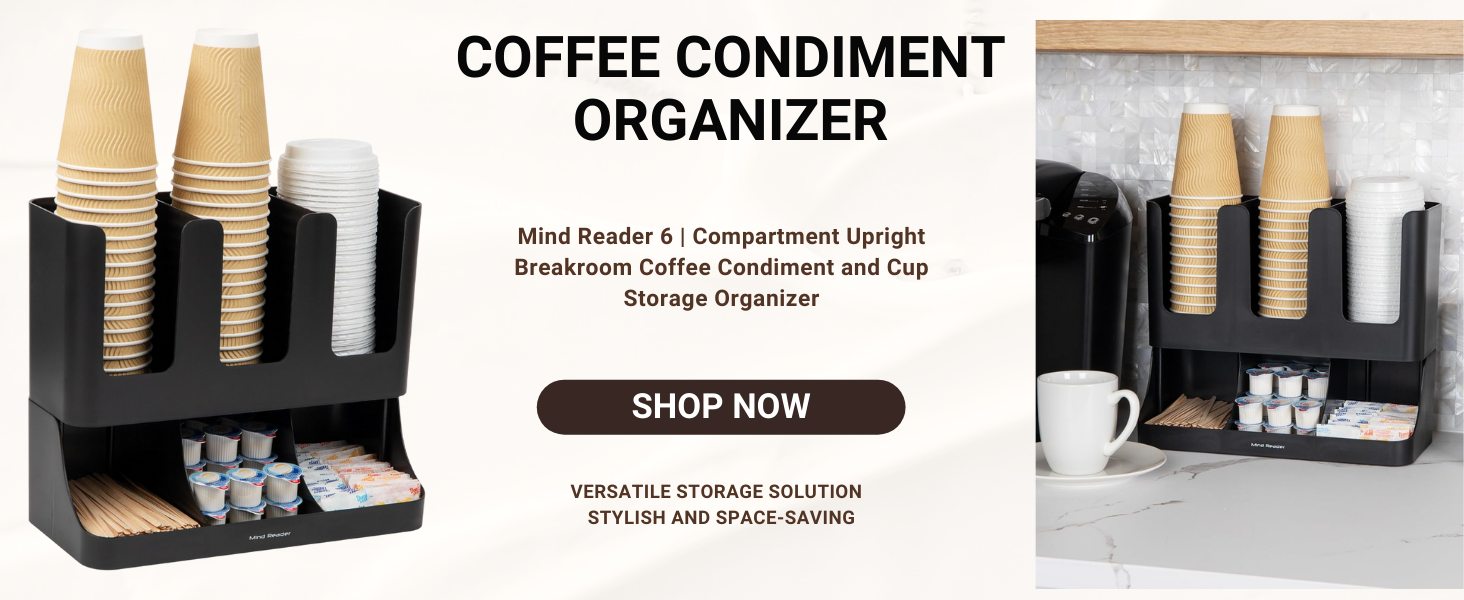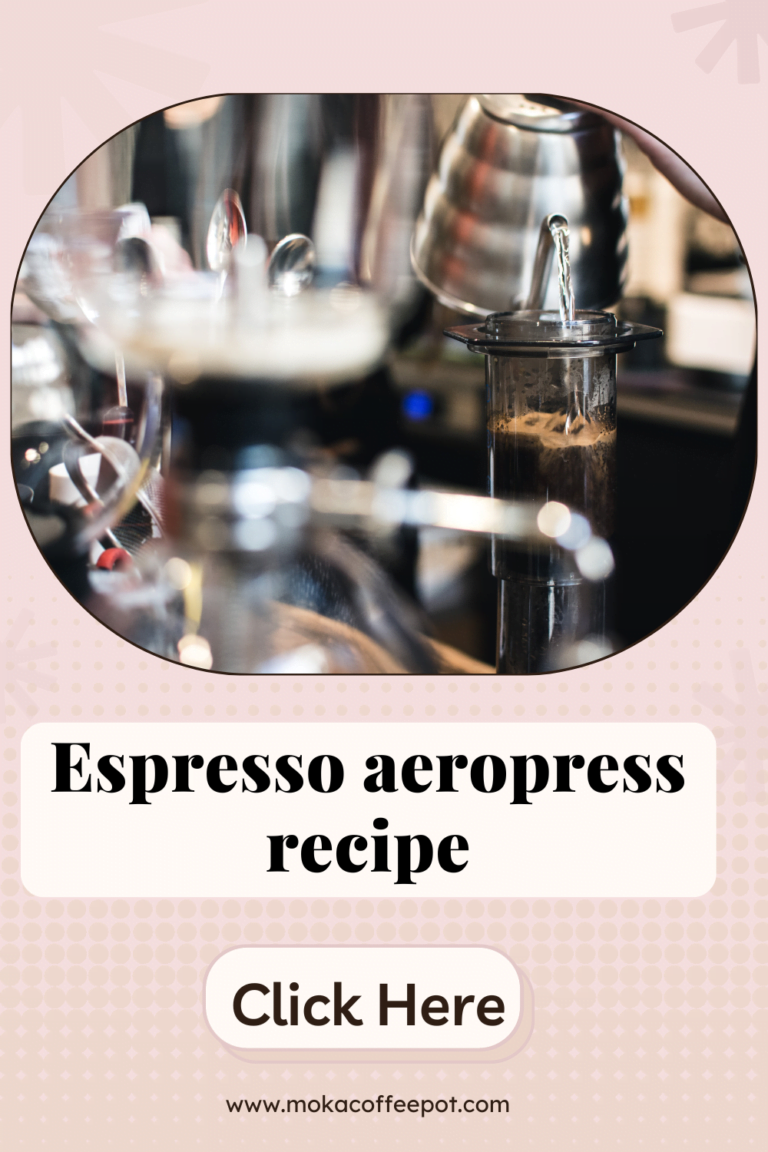how long to use french press?, also known as a press pot or plunger pot, is a popular brewing method for coffee lovers who appreciate full-bodied and rich flavors. It consists of a glass or stainless steel container with a plunger that has a mesh filter attached to it. This simple yet effective device allows coffee grounds to steep directly in hot water, resulting in a robust and aromatic brew.
The brewing process: Step-by-step guide to using a French press.
Step 1: Preparing the equipment
Before diving into the brewing process, it’s important to gather the necessary equipment. You’ll need a French press, freshly roasted coffee beans, a grinder, a kettle for boiling water, and a timer. Having all these tools at hand will ensure a smooth and enjoyable coffee-making experience.
Step 2: Measuring the coffee grounds
The next step is to measure the right amount of coffee grounds. As a general rule, a ratio of 1:15 or 1:16 is often recommended. For example, if you want to brew 12 ounces of coffee, you’ll need around 24 grams of coffee grounds. Adjust the quantity based on your personal preference for a stronger or milder cup of coffee.
Step 3: Heating the water
Boil fresh, filtered water in a kettle. The ideal water temperature for brewing coffee in a French press is around 195°F to 205°F (90°C to 96°C). Using water within this temperature range helps extract the flavors and aromas from the coffee beans optimally.
Step 4: Adding coffee and water to the French press
Once the water is heated, pour a small amount into the French press to preheat it. Then, add the coffee grounds to the press. Gently shake it to level the grounds for an even extraction. Afterward, slowly pour the remaining hot water into the French press, ensuring all the coffee grounds are saturated.
Step 5: Stirring and steeping
Give the mixture a gentle stir with a long spoon or stirrer to ensure all the coffee grounds are fully immersed in water. This helps with the extraction process and ensures an even distribution of flavors. Place the lid with the plunger on top of the French press but do not press it down yet.
Step 6: Pressing and serving
After steeping for the desired duration, typically between 3 to 4 minutes, it’s time to press the plunger down slowly. Apply gentle pressure until the mesh filter reaches the bottom of the French press, separating the brewed coffee from the grounds. Once pressed, the coffee is ready to be served and enjoyed.
Factors affecting brew time.
Coffee grind size
The grind size of your coffee grounds has a significant impact on the brew time. Finer grinds, such as those used for espresso, increase the surface area of the coffee, resulting in a shorter brew time. Conversely, coarser grinds require a longer steeping period to achieve optimal extraction.
Water temperature
The temperature of the water used also affects the brew time. Hotter water extracts the coffee’s flavors more quickly, while cooler water requires a longer steeping time. Finding the right balance and brewing within the recommended temperature range helps achieve the desired flavors and aromas.
Steeping time
The duration of the steeping time plays a crucial role in determining the strength and flavor of the coffee. Shorter steeping times result in milder brews, while longer steeping times yield stronger and more robust flavors. Experimentation and personal preference are key in finding the ideal steeping time that suits your taste.
How long to steep coffee in a French press.
General recommendations
On average, a steeping time of 3 to 4 minutes is often recommended for French press brewing. This duration allows for a balanced extraction of flavors, providing a rich and full-bodied cup of coffee. However, it’s important to note that personal preferences and variables like coffee roast level may influence the ideal steeping time.
Light roast vs. dark roast
Lighter roasts tend to have a more delicate flavor profile, requiring slightly shorter steeping times to avoid over-extraction. Darker roasts, on the other hand, can withstand longer steeping times to extract their bolder flavors. Adjusting the steeping time based on the roast level helps achieve the desired taste and strength.
Personal preference and experimentation
Each coffee enthusiast has unique taste preferences, so it’s worth experimenting with different steeping times to find what suits you best. You can try increasing or decreasing the steeping time by 30 seconds or a minute and observe how it affects the flavor. Keep a record of your preferred brew times for future reference.
Achieving the desired strength and flavor.
Adjusting the coffee-to-water ratio
If you find that your coffee is consistently too weak or too strong, you can make adjustments to the coffee-to-water ratio. Increasing the amount of coffee grounds will result in a stronger brew, while reducing the grounds will yield a milder cup. Finding the right balance ensures a cup of coffee that matches your preferences.
Understanding extraction
Extraction is the process of dissolving the desirable compounds from the coffee grounds into the water. It’s influenced by factors such as grind size, water temperature, and steeping time. Striking a balance between these variables allows for optimal extraction, resulting in a well-rounded and flavorful cup of coffee.
Common mistakes to avoid when using a French press.
Using the wrong grind size
Using an incorrect grind size can lead to over-extraction or under-extraction, affecting the overall flavor of your coffee. As a general guideline, use coarser grinds for longer steeping times and finer grinds for shorter steeping times. Adjusting the grind size according to your brewing time helps achieve a balanced extraction.
Neglecting water temperature
Water temperature significantly impacts the extraction process. Water that’s too hot can over-extract, resulting in a bitter taste, while water that’s too cold may under-extract, leading to a weak and flavorless brew. Ensure you use water within the recommended temperature range to achieve the best results.
Over-extracting or under-extracting
Steeping the coffee for too long can over-extract the flavors, leading to a harsh and bitter taste. On the other hand, under-extracting the coffee results in a weak and lackluster cup. Finding the right balance by adjusting steeping times helps achieve a well-extracted coffee with balanced flavors.
Cleaning and maintenance tips.
Disassembling and cleaning the French press
After each use, disassemble the French press by removing the plunger and separating the mesh filter. Rinse the components with warm water to remove any residual coffee grounds. Use a gentle dishwashing liquid to clean the French press thoroughly, paying attention to the plunger and the mesh filter.
Removing coffee oils and residues
Coffee oils can build up over time, affecting the flavor of future brews. To remove these oils, periodically scrub the glass or stainless steel container with a mixture of water and mild dish soap. Additionally, using a brush or sponge to clean the mesh filter helps remove any trapped residues.
Storing the French press properly
After cleaning, ensure the French press is completely dry before reassembling and storing it. Store the press in a dry and cool place to prevent any moisture buildup, which can lead to mold or unpleasant odors. Proper storage prolongs the lifespan of the French press and ensures consistent brewing results.
Conclusion: The art of brewing with a French press.
Brewing coffee with a French press is a rewarding and versatile method that allows you to extract the full flavors and aromas from your favorite coffee beans. By following a few simple steps, understanding the variables that affect brew time, and experimenting with personal preferences, you can enjoy a cup of coffee tailored to your taste. Remember to clean and maintain your French press regularly to ensure the longevity of your brewing companion.
FAQs
The general guideline is a ratio of 1:15 or 1:16, meaning 1 part coffee to 15 or 16 parts water. Adjust the quantity based on your preference for a stronger or milder cup of coffee.
Yes, you can use pre-ground coffee with a French press. However, for the best results, it’s recommended to grind your coffee beans fresh before brewing.
To minimize sediment in your coffee, use a coarser grind size and avoid agitating the grounds too vigorously when stirring. Additionally, allowing the coffee to settle before plunging can help reduce sediment.
While a French press is primarily designed for brewing coffee, it can also be used to steep loose-leaf tea. Just ensure you clean the press thoroughly between coffee and tea brewing to avoid flavor cross-contamination.
The ideal water temperature for brewing coffee in a French press is between 195°F to 205°F (90°C to 96°C). This temperature range allows for optimal extraction and the development of flavors.






